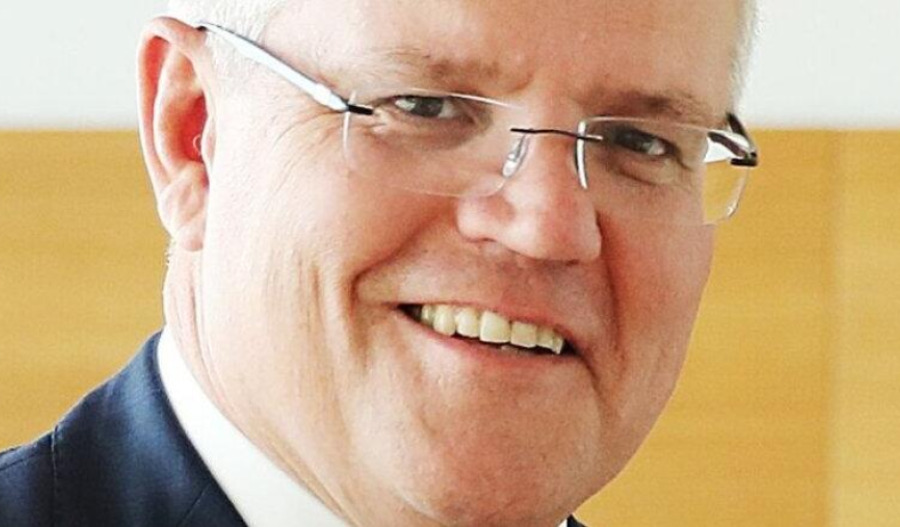Gold prices edged lower during Thursday's Asian session as investor sentiment continued to improve on the back of new United States trade deals and a solid start to U.S. tech earnings, reducing demand for safe-haven assets.
By 3:50 pm AEST (5:50 am GMT), spot gold had declined $9.38, or 0.3%, to US$3,378.63 per ounce, pulling back from Wednesday’s attempt to break through the key $3,440 resistance level.
The risk-on mood extended across Asia, buoyed by a record close on Wall Street as markets welcomed news of trade agreements between the United States and Japan, Indonesia, and the Philippines.
Hopes for a broader deal between the U.S. and European Union further supported sentiment.
Added to the positive tone, Alphabet beat quarterly earnings expectations, helping kick off the “Magnificent Seven” earnings season on a strong note.
Improving risk appetite weighed on traditional safe-haven assets, dragging down both the U.S. dollar and gold. The greenback sank to two-week lows amid investor optimism surrounding trade diplomacy and corporate performance.
However, traders are now awaiting preliminary S&P Global purchasing managers’ index (PMI) figures from the U.S. and Europe, which may offer critical insight into how recent trade tensions are affecting global business activity.
These results are expected to influence expectations around future monetary policy actions by the U.S. Federal Reserve and the European Central Bank.
The ECB is broadly expected to keep interest rates unchanged at the conclusion of its July policy meeting later Thursday, reflecting signs of cooling inflation and moderating growth.
Meanwhile, the CME Group FedWatch Tool suggests a 62% probability that the Federal Reserve will cut interest rates at its September meeting, following a widely anticipated hold in July.
In political developments, traders are also keeping a close watch on ongoing tensions between President Donald Trump and Federal Reserve Chair Jerome Powell. The two are expected to meet later today, with the outcome likely to add further nuance to market expectations around central bank independence and upcoming rate decisions.



